Natural disasters are, essentially, normal natural phenomena that, if not for their impact on human life, would not be considered disasters in the first place. The UN defines natural disasters as events that seriously disrupt the functioning of a community or society and that result in substantial damage to property and loss of life. Beyond the sometimes substantial loss of life and property, natural disasters often displace millions of people, further exacerbating the economic damage to nations.
Weather-related disasters make up a significant portion of natural disasters. These include wildfires, agricultural pest invasions, droughts, desertification, rising lake and sea levels, avalanches, and floods—all of which are closely linked to weather conditions. Disasters directly caused by weather include rainfall, severe local storms, tropical storms, storm surges, extreme winter conditions, frost, and freezes. Collectively, natural disasters that are either directly or indirectly related to meteorological conditions are classified as meteorological or weather-related natural disasters.An increasing number of weather events of unprecedented intensity, impact, and duration have struck various parts of the world—some of which had never seen such disasters prior—in recent decades. These disasters pose significant threats not only animal and plant life but also the socioeconomic development of human societies in the areas they strike. The World Meteorological Organization’s (WMO) 2021 WMO Atlas of Mortality and Economic Losses from Weather, Climate and Water Extremes report that between 1970 and 2019, extreme weather-, climate-, and water-related events resulted in 11,072 natural disasters worldwide. Given that these events caused 2,064,929 fatalities and approximately $3.6 trillion in economic losses, the immensity of their destructive impact cannot be understated.
According to the Emergency Events Database (EM-DAT), weather-, climate-, and water-related extreme weather events caused fifty percent of all recorded disasters (including technological disasters), forty-five percent of fatalities, and seventy-four percent of economic losses during the period in question.
Global Weather-Related Disasters and their Impact (1970–2019)
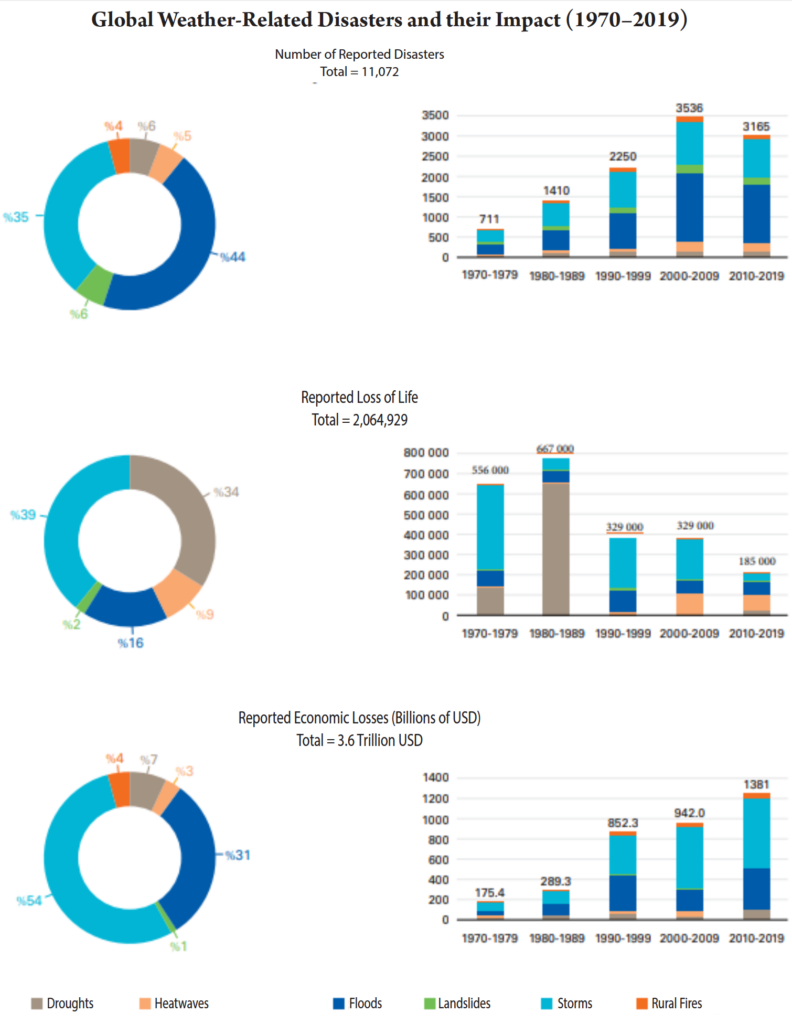
Figure 1 Number of Weather-Related Disasters and Economic Losses (1970–2019)
Weather-Related Disasters in Türkiye
With the exception of tropical storms and active volcanoes, Türkiye is susceptible to most of the natural disasters that occur around the globe. Like climatically diverse regions of the world, Türkiye frequently encounters weather- and climate-related disasters, such as droughts and floods that inflict significant loss of life and property.1
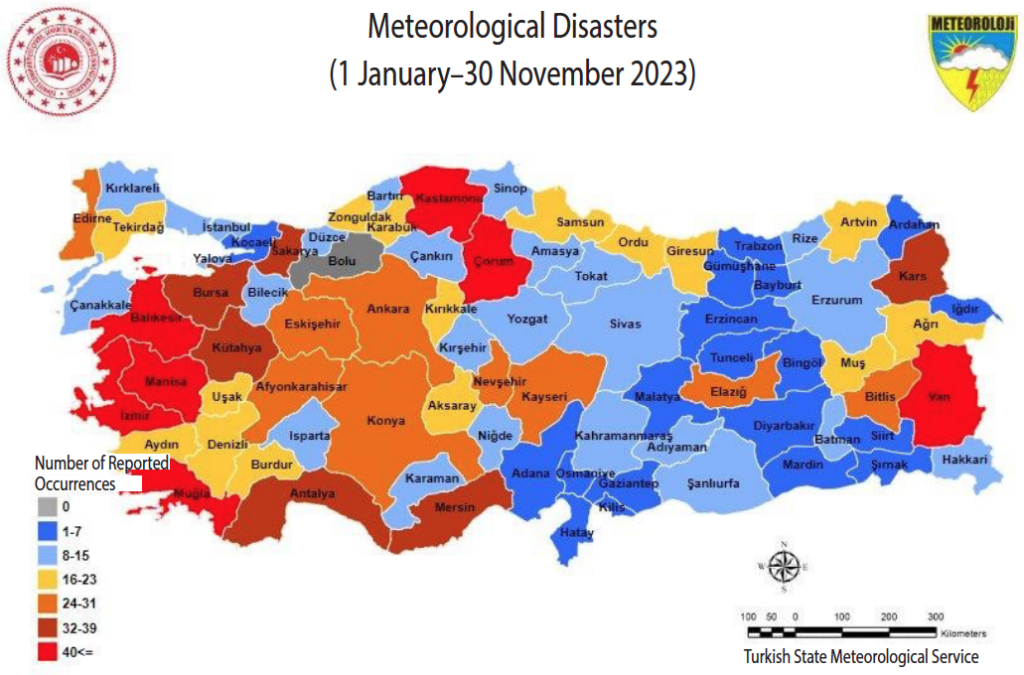
Figure 2 Weather-Related Disasters in Türkiye by Province (1 January–30 November 2023)
The highest number of weather-related disasters occurred in the provinces of Muğla, Izmir, Manisa, Balıkesir, Kastamonu, Çorum, and Van in 2023. The Black Sea, Central Anatolian, the Aegean, Marmara, and Eastern Anatolian regions experienced a high frequency of such disasters.
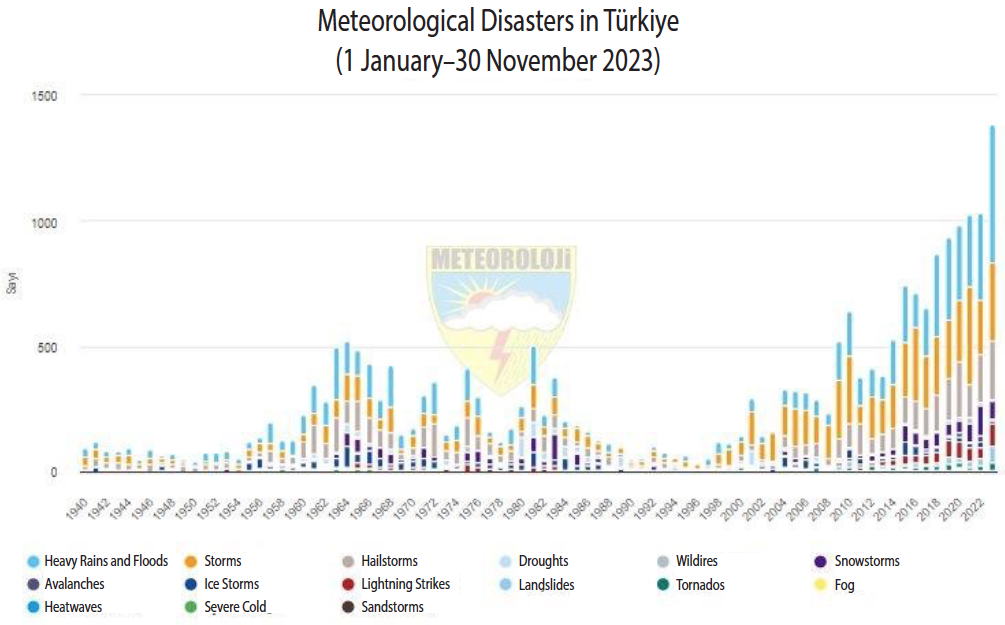
Figure 3 Weather-Related Disasters in Türkiye by Year (1940–30 November 2023)
The number of weather-related disasters increased significantly between 1940 and 30 November 2023. A total of 1,385 weather-related disasters occurred between 1 January and 30 November 2023 alone.
Heavy rains and floods were, at 39.6% of all incidents, the most common type of weather-related disaster in 2023, followed by storms at 22.7%, hailstorms at 16.9%, lightning strikes at 6.4%, landslides at 6.4%, and winter storms at 4.9%.
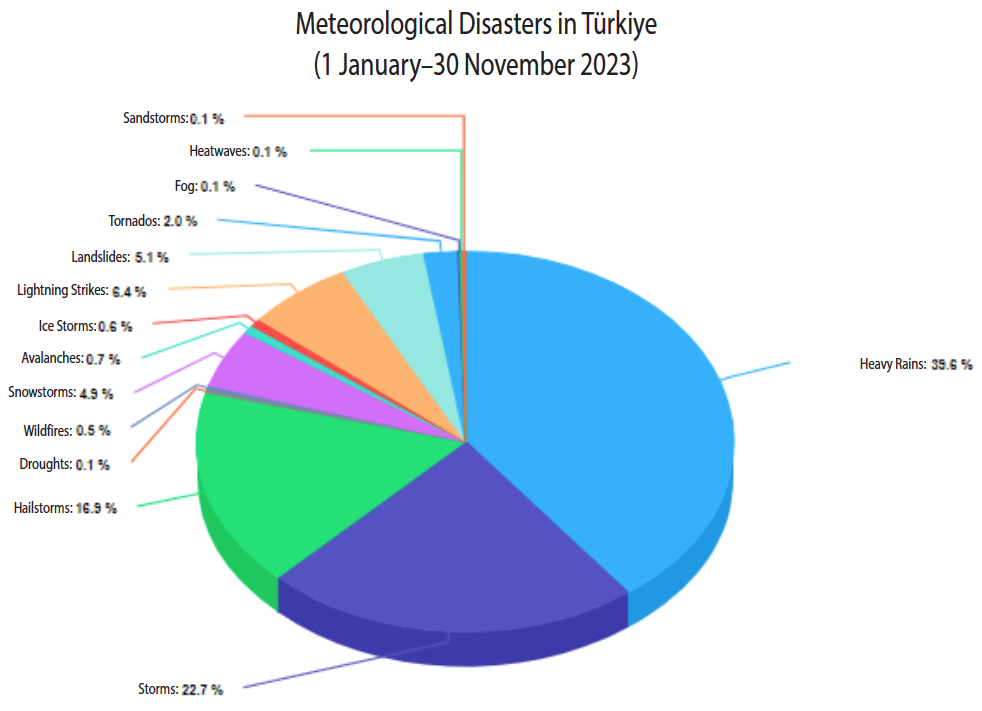
Figure 4 Weather-Related Disasters in Türkiye (1 January–30 November 2023)
Weather-Related Disasters
This section offers a detailed analysis for the most frequent occurrences of heavy rains, floods, storms, hailstorms, lightning strikes, landslides, and winter storms across Türkiye’s provinces in 2023.
Heavy Rains and Floods
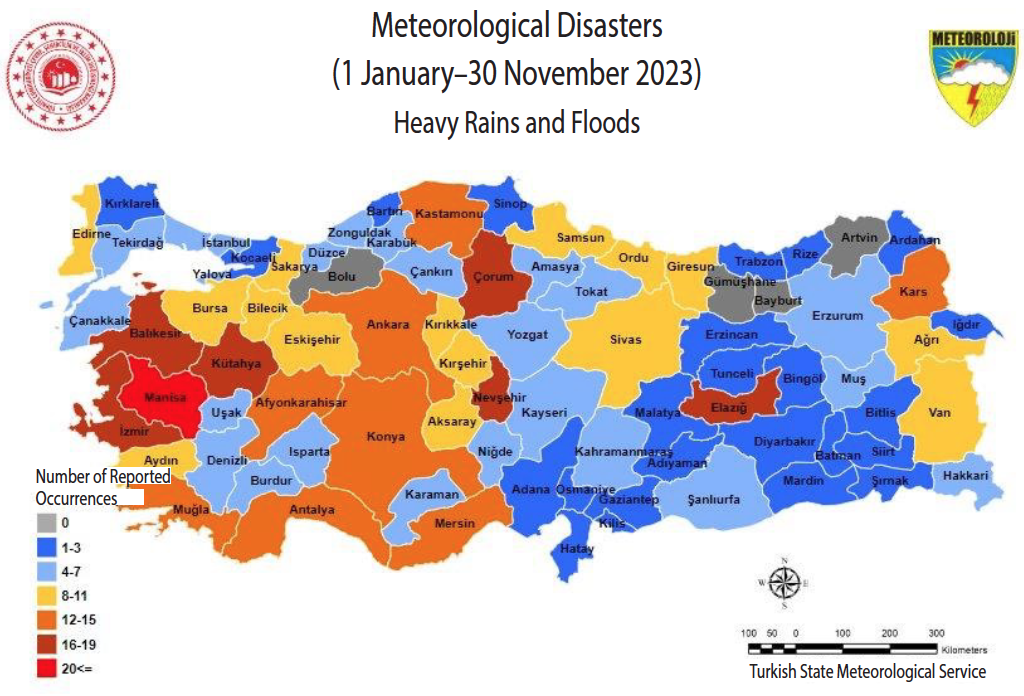
Figure 5 Heavy Rains and Floods in Türkiye (1 January–30 November 2023)
Manisa experienced the highest number of heavy rains and floods in 2023, followed by Izmir, Balıkesir, Kütahya, Nevşehir, Çorum, and Elazığ.
Storms
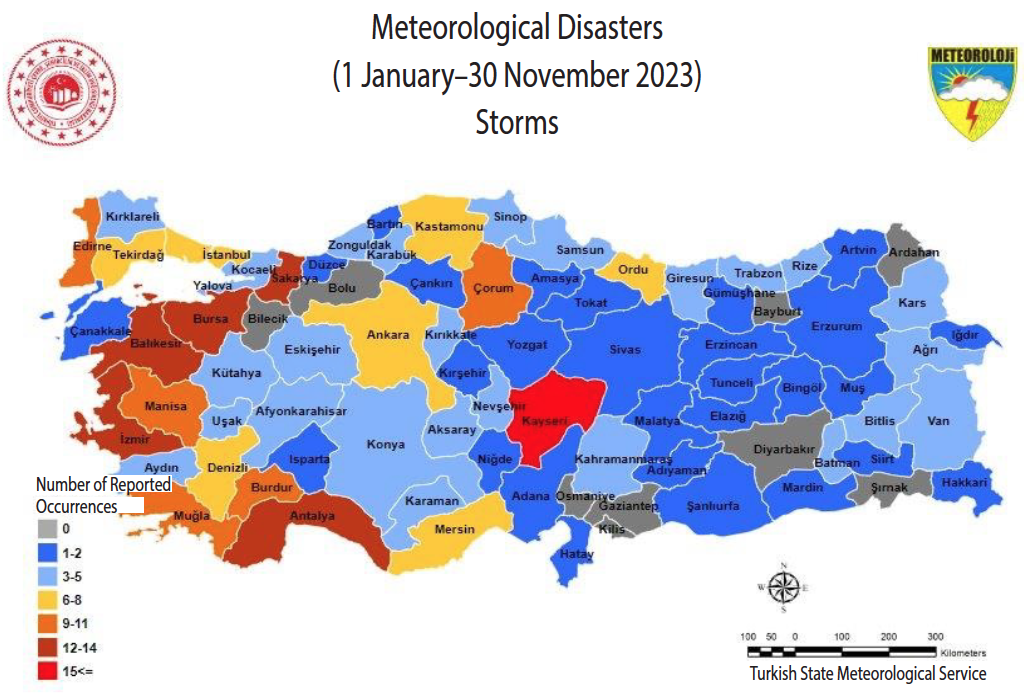
Figure 6 Storms in Türkiye (1 January–30 November 2023)
Kayseri experienced the highest number of storms in 2023, followed by Antalya, Izmir, Balıkesir, Bursa, and Sakarya.
Hailstorms
Kars experienced the highest number of hailstorms in 2023, followed by Kastamonu and Çorum.
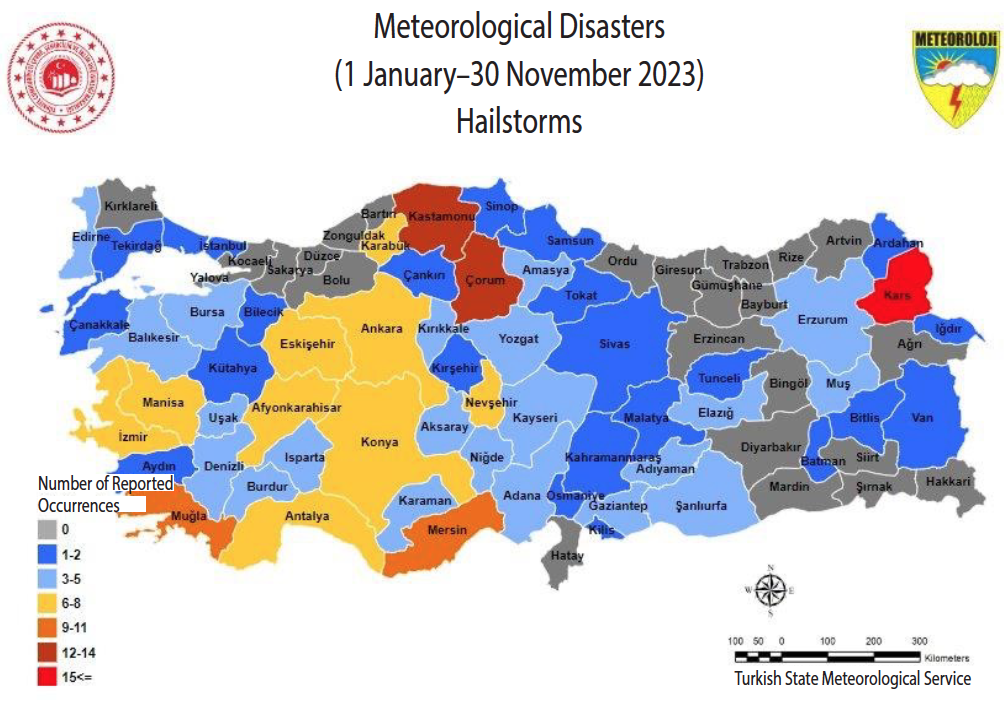
Figure 7 Hailstorms in Türkiye (1 January–30 November 2023)
Lightning
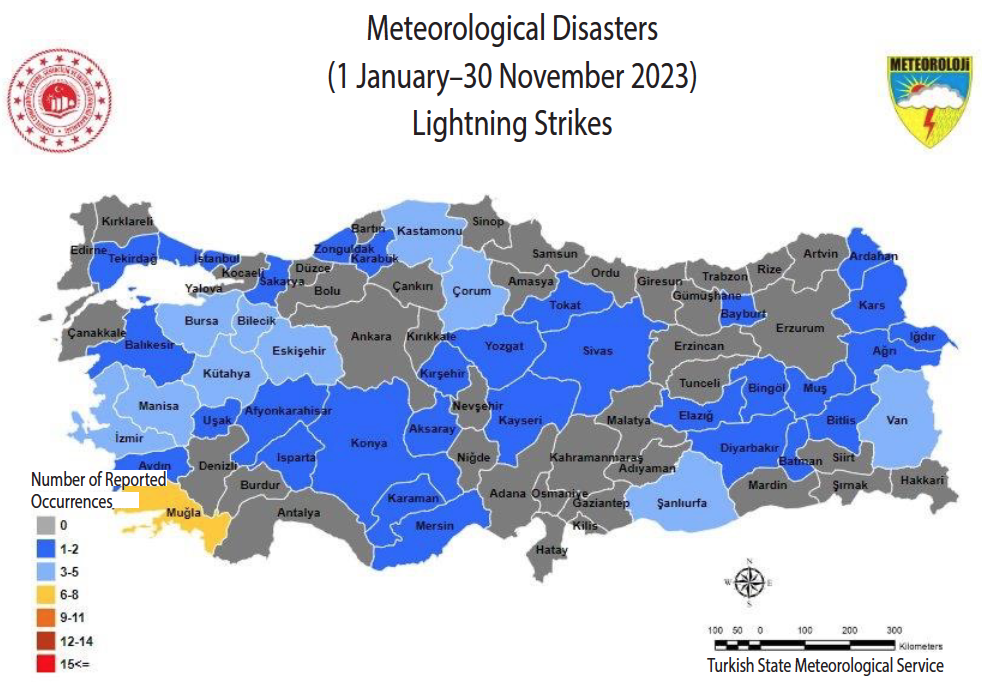
Figure 8 Lightning Strikes in Türkiye (1 January–30 November 2023)
Muğla experienced the highest number of confirmed lighting strikes in 2023.
Landslides
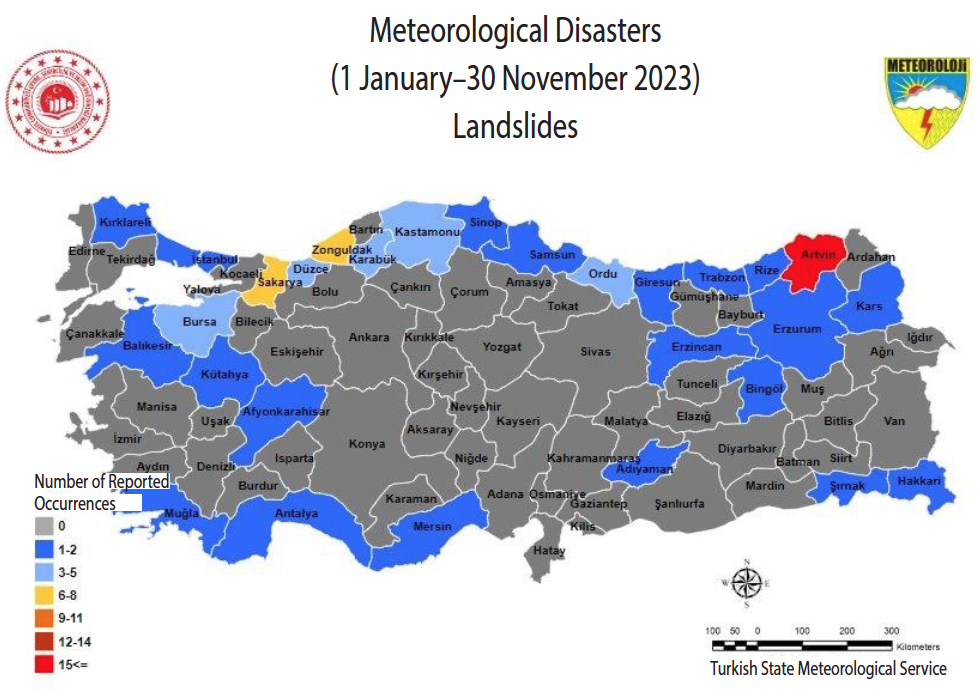
Figure 9 Landslides in Türkiye (1 January–30 November 2023)
Artvin experienced the highest number of landslides in 2023, followed by Sakarya and Zonguldak.
Winter Storms
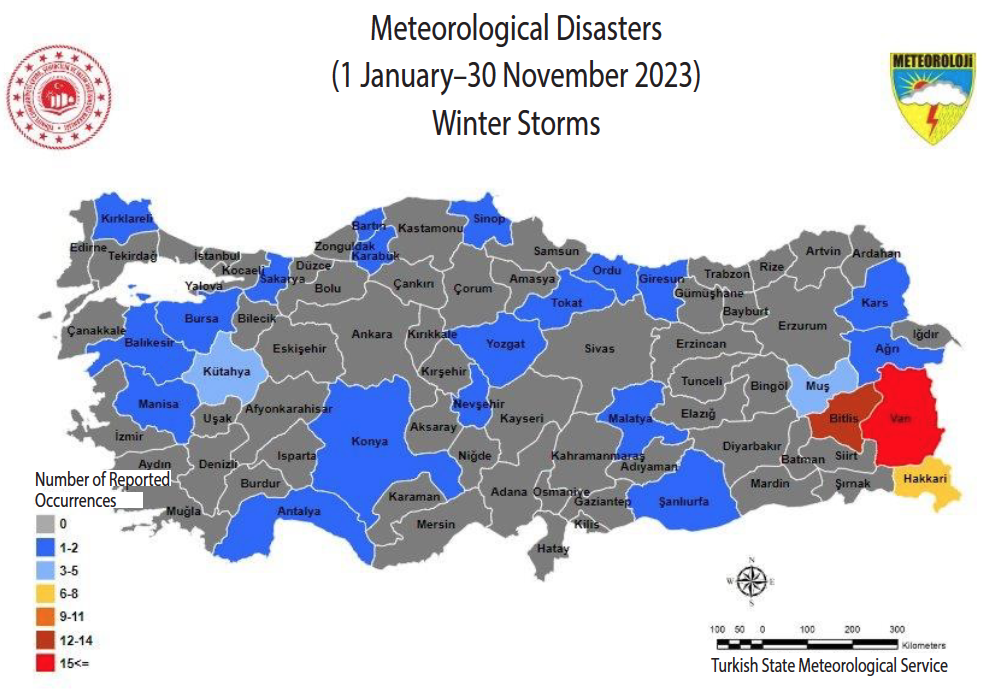
Figure 10 Winter Storms in Türkiye (1 January–30 November 2023)
Türkiye’s eastern provinces of Bitlis and Van recorded the highest number of snow storms in 2023.
Conclusion
Weather-related disasters have been a constant throughout human history and will remain so for the foreseeable future. The extensive human and material losses they incur pose significant challenges to sustainable development. What sets weather-related disasters apart from other natural disasters like earthquakes and volcanic eruptions is that the natural events leading up to them can often be predicted. Accordingly, providing timely and clear warnings is crucial for effectively managing and mitigating their impact.
Türkiye’s General Directorate of Meteorology coordinates closely with international, regional, and national organizations as part of its disaster risk reduction efforts. It prepares meteorological warnings aimed at mitigating the adverse effects of weather events, minimizing damage and losses, and disseminating the information that the public and decision-makers need to take appropriate preventative measures. Since 9 February 2019, these warnings have been incorporated into the meteoUYARI system, ensuring they are readily accessible to both the public and government officials.
1 Kadıoğlu, M. (2012). Türkiye’de iklim değişikliği risk yönetimi. Türkiye’nin iklim değişikliği II. ulusal bildiriminin hazırlanması projesi yayını, Ankara.
2 Kadıoğlu, M. (2007). TMMOB İnşaat Mühendisleri Odası Sel-Heyelan-Çığ Sempozyumu bildiriler kitabı, s.186-197, Samsun.
3 Kadıoğlu, M. (2008). Sel, heyelan ve çığ için risk yönetimi. içinde: Afet Zararlarını Azaltmanın Temel İlkeleri, Ankara: JICA Türkiye Ofisi, s. 251-276
4 Ceylan, A., ve Kömüşcü, A.Ü. (2008). Meteorolojik karakterli doğal afetlerin uzun yıllar ve mevsimsel dağılımları, İklim Değişikliği ve Çevre, 1(1), s.1-10
5 World Meteorological Organization (WMO). Atlas of mortality and economic losses from weather, climate and water extremes (1970–2019) https://wmo.int/publication-series/atlas-of-mortality-and-economic-losses-from-weatherclimate-and-water-related-hazards-1970-2021 (Erişim Tarihi: 19.03.2024).
6 CRED&UNDRR. (2020). Human cost of disasters; an overview of the last 20 years (2000-2019) https://www.undrr.org/publication/human-cost-disastersoverview-last-20-years-2000-2019 (Erişim Tarihi: 19.03.2024).
